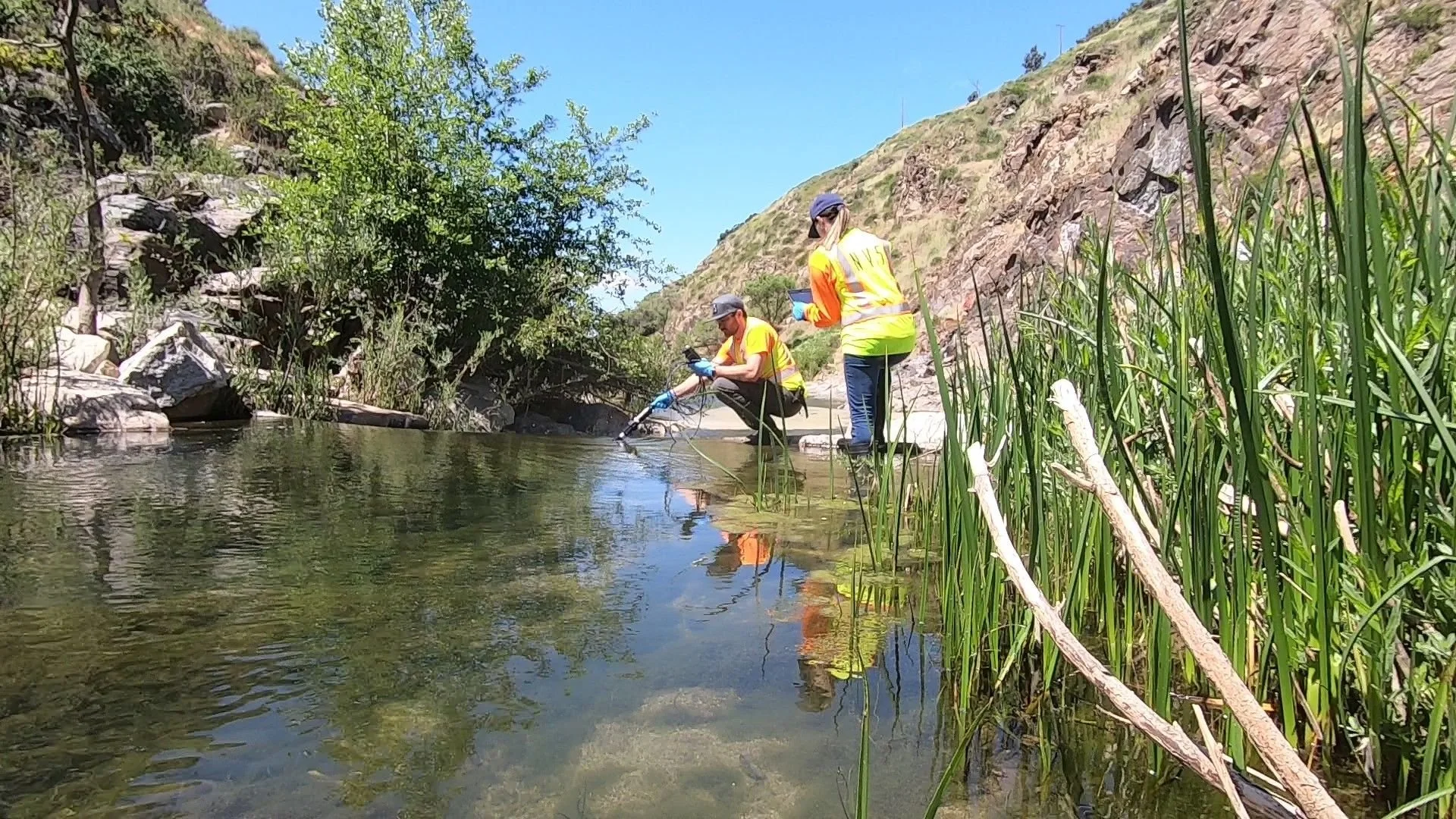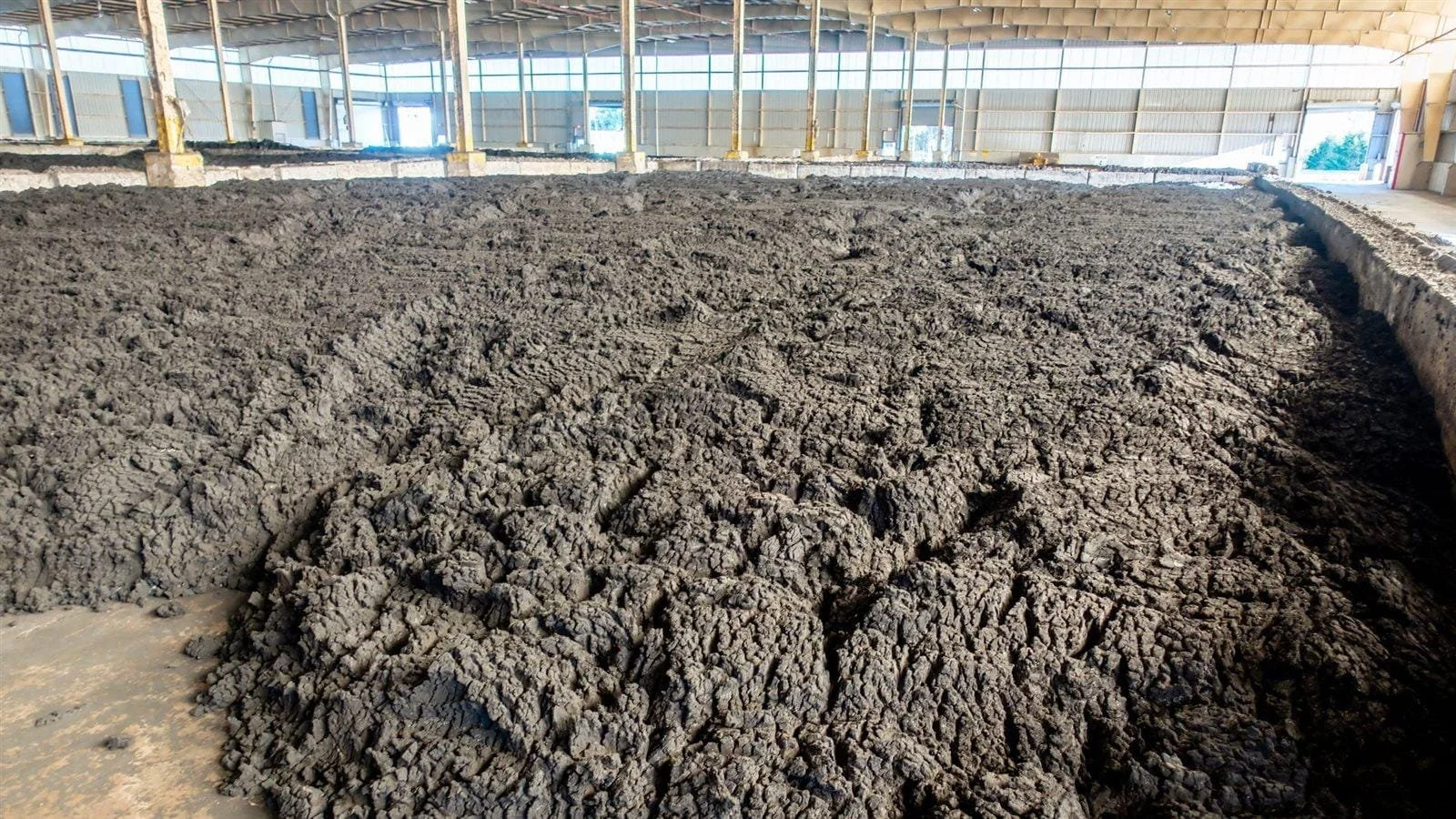WATER SOLUTIONS
End-to-end solutions to identify, manage, and mitigate PFAS in water systems—protecting resources, communities, and operations.
We develop and implement tailored sampling plans, fate and transport models, and treatment system designs that meet evolving federal and state standards. From industrial discharge assessments to municipal water system compliance, NV5 delivers actionable, science-based strategies that reduce risk and ensure clean water stewardship.
Our expertise spans:
Source identification and pathway evaluation to trace PFAS movement through hydrologic systems.
Treatment system design and optimization for capture and destruction technologies such as GAC, ion exchange, and advanced oxidation.
Permitting and regulatory support to align with EPA, state, and local requirements.
Long-term monitoring and adaptive management to sustain compliance and public trust.
With a balance of technical precision and practical implementation, NV5 helps clients achieve measurable PFAS reduction and maintain operational resilience in an evolving regulatory landscape.
Our scientists and engineers combine advanced analytical techniques, proven treatment technologies, and regulatory expertise to help clients address PFAS contamination across surface water, groundwater, and wastewater infrastructure.
EFFLUENT LIMITATION GUIDELINES (ELGS)
Effluent Limitation Guidelines (ELGs) establish national technology-based regulatory limits for specified pollutants in wastewater discharge by requiring industries to adopt the Best Available Technology (BAT) to reduce or eliminate discharges. The U.S. EPA updates its Effluent Guidelines Program Plan every two years. Regulation for PFAS under the ELGs is still in development. Until federal ELGs are finalized, states are increasingly using their authority under the NPDES permitting program to impose case-by-case, technology-based, and water quality-based effluent limits for PFAS on discharging facilities. The EPA will also continue to investigate wastewater discharge from other industries such as organic chemicals, synthetic fibers, plastics, airports, and more.
BIOSOLIDS
Roughly half of the domestic sewage sludge produced by wastewater treatment in the United States is applied to agriculture as a soil amendment. If these biosolids contain PFAS, contamination can enter the food chain and spread to local ground and surface waters.
WASTEWATER TREATMENT
Storm sewers, industrial discharge, landfill leachate, and other non-potable liquids that contain PFAS are often sent to the municipal wastewater treatment facility for processing. Unfortunately, traditional municipal wastewater treatment does not remove PFAS. In fact, it can convert PFAS precursors into terminal PFAS, further compounding a local contamination issue
REASONS TO CHOOSE PFAS ENGINEERING SOLUTIONS
EXPERIENCE
We are industry leaders in PFAS assessment, remediation, and mitigation. Our technical expertise comes from years investigating, advising, and addressing PFAS contamination.
We are on the cutting edge of science, research, and regulations dealing with PFAS. We employ the experts that devote their careers to environmental challenges and mitigating negative impacts.
INNOVATIVE
FULL SERVICE
Our team deals with all aspects of PFAS, including assessment, design, construction & remediation oversight, case closure, and litigation support.
COLLABORATIVE
We are true team players. We partner with our clients to solve their most pressing PFAS challenges in a highly cost-effective and timely manner. We are highly effective at communicating thoroughly and frequently.
We are well-regarded for our ability to respond with immediacy. We recognize that environmental issues cannot wait; so we are prepared to deploy our trained staff at a moment’s notice.










